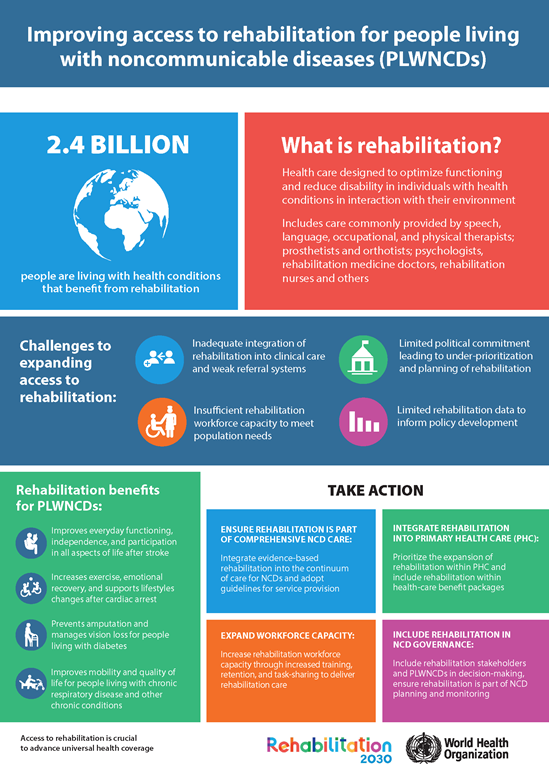All about Narconon Africa
All about Narconon Africa
Blog Article
Narconon Africa - The Facts
Table of ContentsThe Best Strategy To Use For Narconon AfricaThe Ultimate Guide To Narconon AfricaHow Narconon Africa can Save You Time, Stress, and Money.Narconon Africa - TruthsSee This Report about Narconon AfricaNot known Factual Statements About Narconon Africa The Ultimate Guide To Narconon Africa
In a series of documents with Manudeep Bhuller and Katrine V. Lken, we conquer these data obstacles and the nonrandomness of jail time, using new insights into how incarceration influences relapse, employment, children, and criminal networks - Drug rehabilitation technology. Number 1 Our work research studies the impacts of imprisonment in Norway, a setting with 2 vital advantagesWe can even more link this info to various other member of the family, consisting of kids and brother or sisters. Moreover, we know on co-offending that enables us to map out criminal networks for observed criminal activities. Second, we can leverage the random project of criminal situations to courts who vary in their tendencies to send out accuseds to jail.
Some judges send offenders to jail at a high rate, while others are a lot more forgiving. We measure a judge's stringency as the ordinary incarceration price for all other cases a court manages, after managing for court and year fixed effects, which is the degree of arbitrary assignment. This quasi-random project of judge stringency can be used as an instrument for imprisonment, as it highly forecasts the judge's choice in the present instance, yet is uncorrelated with various other situation attributes both by design and empirically.
Not known Incorrect Statements About Narconon Africa
Characteristics of prisoners, consisting of demographics and criminal offense classifications, are broadly similar in Norway and various other nations, including the United States, with the exceptions that the US homicide price is much greater, and race plays a bigger duty there. What attracts attention as various, specifically compared to the United States, is the prison system.
Figure 2In Norway, the typical time spent behind bars is a little over six months, which resembles most other Western European countries. This contrasts with typical United States jail time of practically 3 years, which remains in big part the reason the United States is an outlier in its incarceration price compared with the remainder of the world [Figure 1]
Not known Factual Statements About Narconon Africa
This provides a lot more separation between small and solidified offenders than exists in the USA. There is no congestion in Norwegian prisons and far better personal safety, with each detainee being designated to their own cell and a higher inmate-to-staff proportion than in the United States (https://filesharingtalk.com/members/597093-narcononza12?tab=aboutme&simple=1). Jails in Norway also use well-funded education, drug therapy, mental health and wellness, and job training programs
Our study on the results of imprisonment on the culprit, making use of the random assignment of judges as an instrument, returns three vital searchings for. Initially, jail time inhibits additionally criminal behavior. We find that imprisonment decreases the chance that a person will reoffend within 5 years by 27 percentage factors and lowers the equivalent number of criminal fees per individual by 10 costs.
Some Known Details About Narconon Africa
We locate sizable decreases in reoffending likelihoods and cumulative charged criminal offenses also after offenders are launched from prison. Our second outcome is that prejudice as a result of selection on unobservable individual qualities, if neglected, causes the erroneous conclusion that time invested in prison is criminogenic. If we just compare criminal accuseds imprisoned versus those not sent out to Continue jail, we discover favorable associations in between incarceration and succeeding criminal activity.
This stands in comparison to our evaluation based on the random assignment of courts, which locates an opposite-signed outcome. Third, the reduction in criminal offense is driven by individuals that were not working prior to incarceration. Amongst these individuals, jail time increases participation in programs guided at boosting employability and lowering relapse, and this ultimately increases work and incomes while discouraging criminal habits.

Imprisonment triggers a 34 percentage factor increase in engagement in task training programs for the previously nonemployed, and within 5 years their employment price rises by 40 percentage factors. At the exact same time, the possibility of reoffending within 5 years is cut by 46 percentage points, and there is a decrease of 22 in the average number of criminal costs.
Narconon Africa for Dummies

A probable explanation for the difference is that Norway's jail system differs significantly, both in regards to prison-term length and prison conditions, from the United States jail system. While understanding the effects of incarceration on the wrongdoer is an essential first step, catching spillover effects is also important for examining criminal justice policy and making efficient jail systems.
Getting My Narconon Africa To Work

Average least squares approximates disclose that youngsters of incarcerated papas are 1 portion factor more probable to be billed with a criminal activity, about a mean of 13 percent, and show no impact on school qualities. Using our court stringency instrument, we find no statistical evidence that a papa's incarceration influences a child's very own criminal offense or college qualities, however we are not able to eliminate modest-sized impacts.
The Narconon Africa Diaries
We define criminal groups based on network links to previous criminal instances. Our analysis returns three main searchings for. First, when a criminal network participant is jailed, their peers' possibility of being billed with a future criminal activity reduces by 51 portion factors over the following 4 years. Having an older bro put behind bars reduces the probability his younger brother will certainly be billed with a criminal activity by 32 percent factors over the next four years.
Report this page